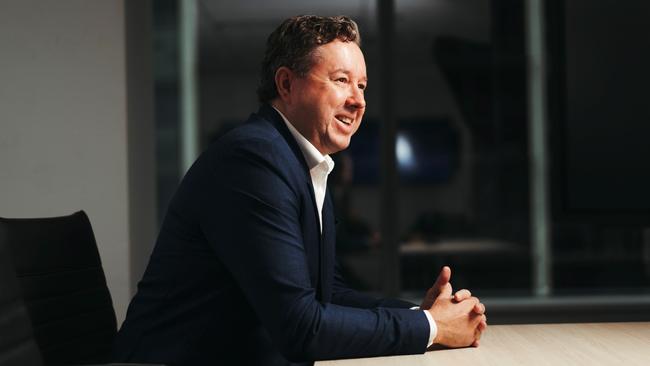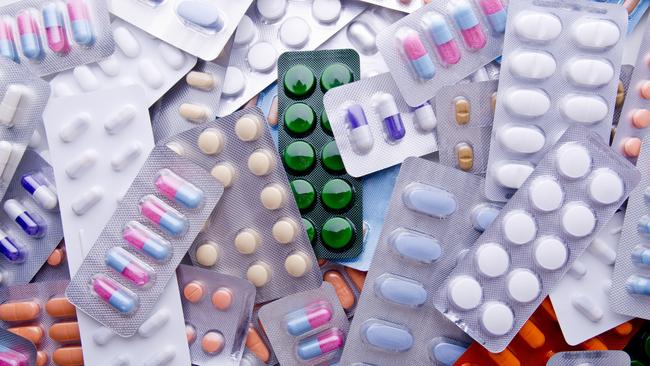Price slashed for revolutionary $78,000 a year prostate cancer treatment Lynparza
A new subsidy for a revolutionary cancer treatment is set to save Aussie men thousands. See how it works.

National
Don't miss out on the headlines from National. Followed categories will be added to My News.
Thousands of men who have the cancer causing BRCA1 and BRCA2 genes will benefit from a new subsidy for a high-cost treatment for aggressive prostate cancer.
The $78,000 a year treatment Lynparza is already subsidised for use by women whose breast cancer is linked to BRCA1 and BRCA2 genes.
From April 1 the cost of the drug will fall to $42.50 a month for general patients ($6.80 for pensioners) who have prostate cancer.
Prostate Cancer Foundation CEO Anne Savage said about 2000 men with prostate cancer will benefit from the tablet that lowers the risk of death by 31 per cent.
It’s the second most common cancer diagnosed in men in Australia and the third most common cause of cancer deaths
Lynparza works by targeting cancer-causing genes, something Oncologist Associate Professor Shahneen Sandhu labelled as a “paradigm shift” when it came to diagnosis and treatment.
“We actually test the tumour, we figure out what are the genetic changes and then there are good therapeutics that target those genetic alterations,” Prof Sandhu, from the Peter MacCallum Centre said.
“This is actually the first genetic alteration that is being effectively targeted in prostate cancer,” she said.

Canberra father-of-three Paul Bain, who two years ago received a shock diagnosis of the most aggressive form of prostate cancer after a routine health check, welcomed the subsidy.
“Inside of a week I was sitting in front of a specialist being told if that doctor did not do that test and in six months time you developed symptoms, it would have been too late for us to do anything,” Mr Bain said.
He is yet to have a genetic test but said of the drug subsidy “it makes me really, really pleased to see that there are now some more options for people who are in that situation”.
The subsidy comes as the federal government is under fire from Australian diabetes peak bodies and patients for failing to subsidise continuous glucose monitoring technology in the budget.
Australian Diabetes Society CEO Dr Sof Andrikopoulos said 70,000 hardworking Australians with type 1 diabetes and their families have been left “devastated” and would have to continue paying $2500 a year for the technology.

In other changes that take effect this month the price of 21 commonly used medicines will also fall for hundreds of thousands of Australians as a result of the government’s price disclosure policy.
Nebivolol used to treat moderate to severe heart failure will be up to $5.14 cheaper per prescription for about 12,000 patients.
Ezetimibe used to treat high cholesterol, will be up to $1.39 cheaper per prescription for about 60,000 patients.
Moxonidine used to treat high blood pressure, will be up to $1.27 cheaper per prescription for about 35,000 patients.
Minister for Health and Aged Care, Greg Hunt, said the changes would save Australians more than $10 million over four years.
In addition, as a result of decisions by an independent committee of experts – the Pharmaceutical Benefits Advisory Committee – a range of other high cost medicines will also be subsidised from this month including asthma medication Trelegy Ellipta 200, Sylvan for Castleman Disease, HIV treatments ® (cabotegravir) and Cabenuva® (cabotegravir and rilpivirine injections) and Crohn’s disease medicine Entocort® (budesonide).
More Coverage
Originally published as Price slashed for revolutionary $78,000 a year prostate cancer treatment Lynparza





